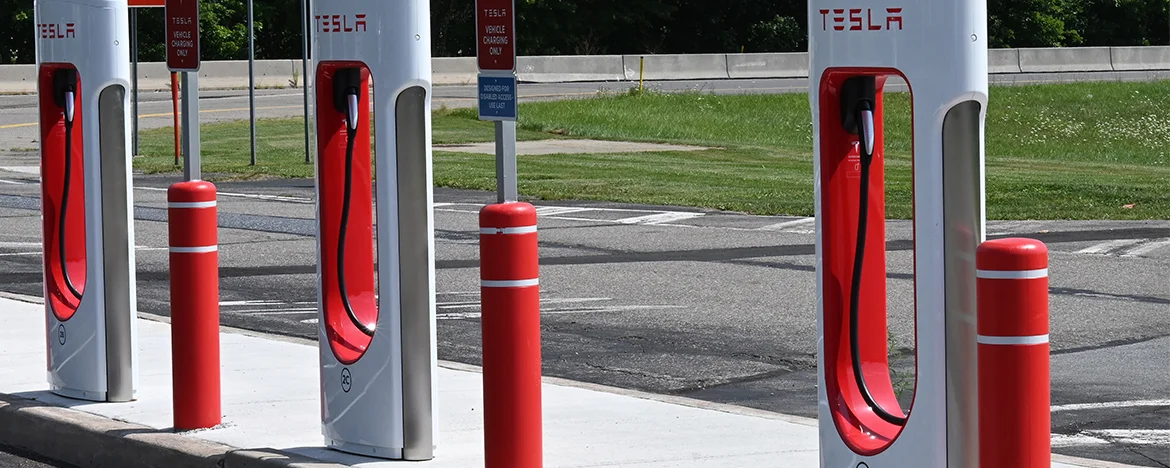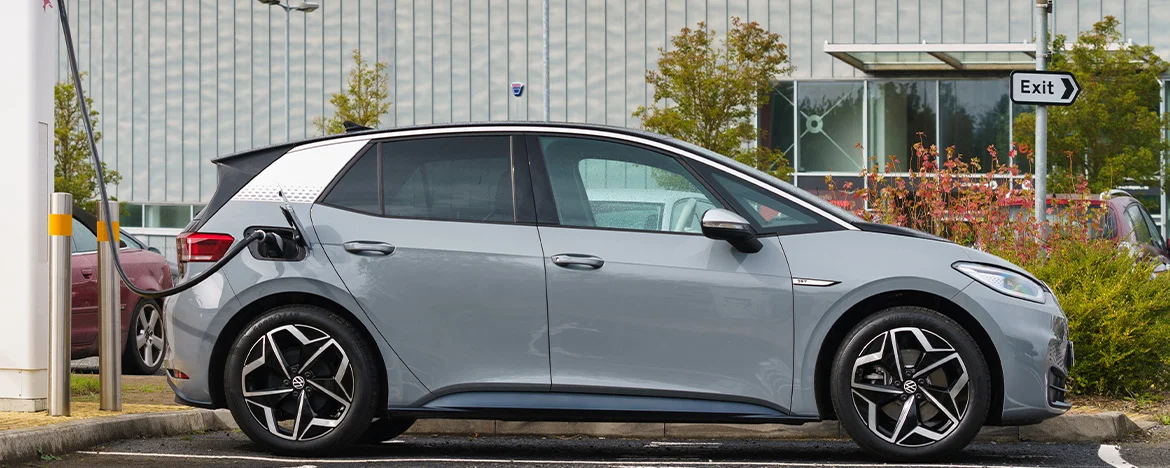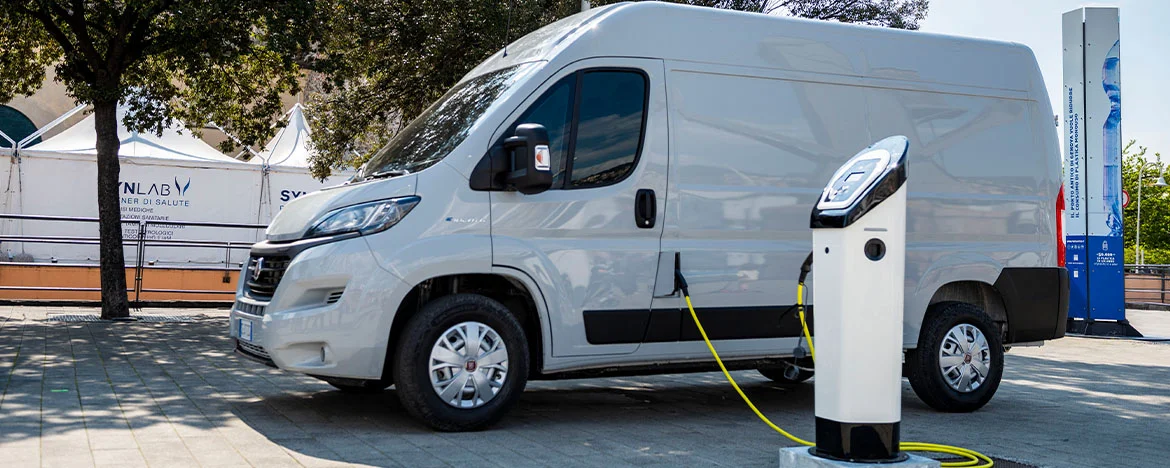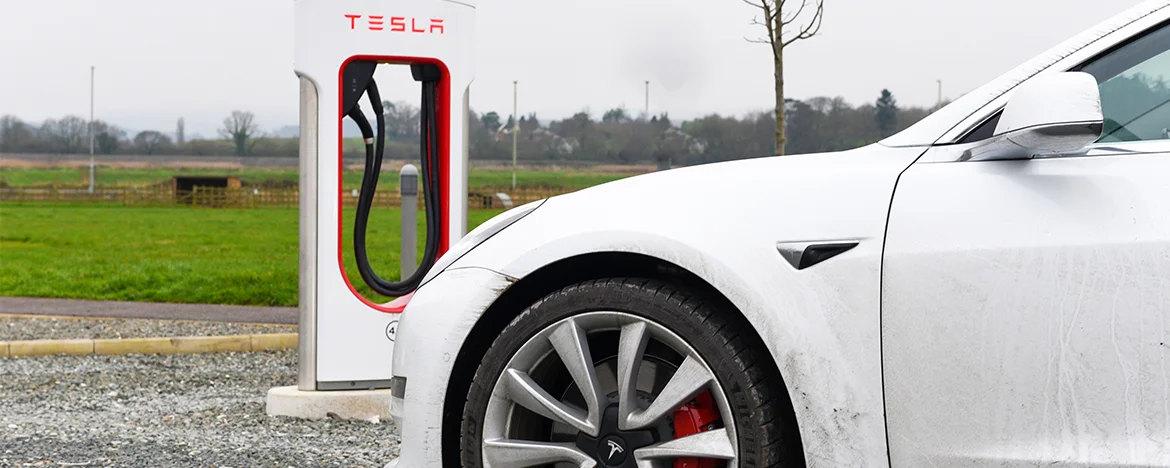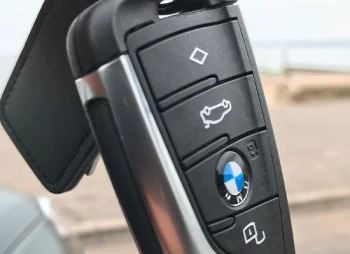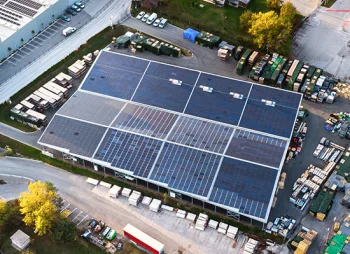Home
If your drivers take their vehicle home each night, or use it for personal as well as business use, then it might be worth thinking about installing EV chargers at their homes.
It will make their lives – and subsequently your life – much easier if they can charge up their vehicle each evening and start the working day with a car that’s ready to go, no matter how far they need to drive.
And you won’t have to worry about the logistics of how many drivers you have vs how many chargers you’ll need and when people can charge their EVs to ensure adequate range.
However, it’s worth bearing in mind that your drivers will only be able to have an EV charger installed if they have access to private, off-street parking and they either own their own home or their landlord gives permission.
Workplace or depot
Installing workplace EV chargers is generally a good idea, no matter whether your fleet drivers take their vehicles home at the end of the day or keep them on site.
For those in company cars whose vehicles remain at the office for the majority of the day, workplace charging is ideal because it means they can plug in while they’re working, and drive off at the end of the day with a car that isn’t going to leave them stranded at the side of the road.
It’s especially useful for those employees who don’t have easy access to either a public charger or at-home charging, whether those cars are fleet owned or private.
And with the world switching to electric, it’s likely that you will have employees who aren’t fleet drivers who will also benefit from workplace EV charging, especially if you offer an electric car salary sacrifice scheme. It also means that any visitors with electric cars will be able to plug in while they’re on your premises, which can boost your business’ profile with customers and clients, giving off the right impression from the start.
If you have a depot housing your fleet overnight, then you’ll want to have a number of EV chargers here to make sure that your vehicles are always fully charged and ready to go.
Depending on how many charge points you install, this might take a little more logistics to ensure that every EV has a fair go on the chargers, but it works especially well for shift work, as vehicles can be charging while others are out on the road.



